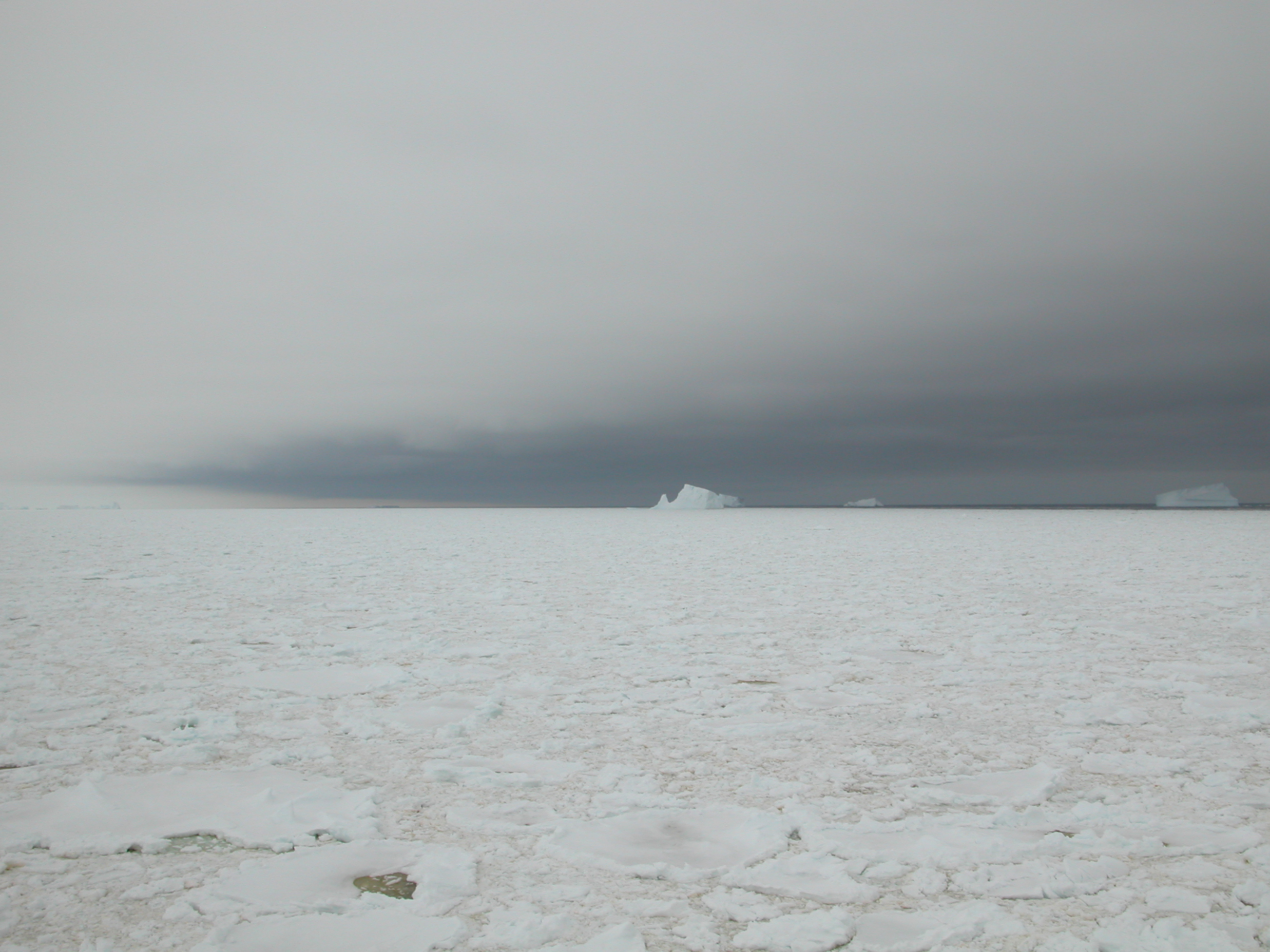Water sky on:
[Wikipedia]
[Google]
[Amazon]
 Water sky is a phenomenon that is closely related to
Water sky is a phenomenon that is closely related to
Water Sky and Ice BlinkWater Sky
Atmospheric optical phenomena {{climate-stub
ice blink
Iceblink is a white light seen near the horizon, especially on the underside of low clouds, resulting from reflection of light off an ice field immediately beyond. The iceblink was used by both the Inuit and explorers looking for the Northwest Pa ...
. It forms in regions with large areas of ice and low-lying clouds and so is limited mostly to the extreme northern and southern sections of earth, in Antarctica
Antarctica () is Earth's southernmost and least-populated continent. Situated almost entirely south of the Antarctic Circle and surrounded by the Southern Ocean, it contains the geographic South Pole. Antarctica is the fifth-largest cont ...
and in the Arctic
The Arctic ( or ) is a polar region located at the northernmost part of Earth. The Arctic consists of the Arctic Ocean, adjacent seas, and parts of Canada (Yukon, Northwest Territories, Nunavut), Danish Realm (Greenland), Finland, Iceland, N ...
.
When light hits the blue oceans or seas, some of it bounces back and enables the observer to physically see the water. However, some of the light also is reflected back up on to the bottoms of low-lying clouds and causes a dark spot to appear underneath some clouds. These clouds may be visible when the seas are not and can show alert and knowledgeable travelers the general direction of water. The dark clouds over open water have long been used by polar explorers and scientists to navigate in sea ice. For example, Arctic explorer Fridtjof Nansen and his assistant Hjalmar Johansen
Fredrik Hjalmar Johansen (15 May 1867 – 3 January 1913) was a Norwegian polar explorer. He participated on the first and third '' Fram'' expeditions. He shipped out with the Fridtjof Nansen expedition in 1893–1896, and accompanied Nansen ...
used the phenomenon to find lanes of water in their failed expedition to the North Pole
The North Pole, also known as the Geographic North Pole or Terrestrial North Pole, is the point in the Northern Hemisphere where the Earth's rotation, Earth's axis of rotation meets its surface. It is called the True North Pole to distingu ...
, as did Louis Bernacchi and Douglas Mawson
Sir Douglas Mawson OBE FRS FAA (5 May 1882 – 14 October 1958) was an Australian geologist, Antarctic explorer, and academic. Along with Roald Amundsen, Robert Falcon Scott, and Sir Ernest Shackleton, he was a key expedition leader duri ...
in Antarctica.
Sources
*Mawson, Sir Douglas; ''The Home of the Blizzard'' *Reed, William; ''The Phantom of the Poles'' 1906External links
Water Sky and Ice Blink
Atmospheric optical phenomena {{climate-stub